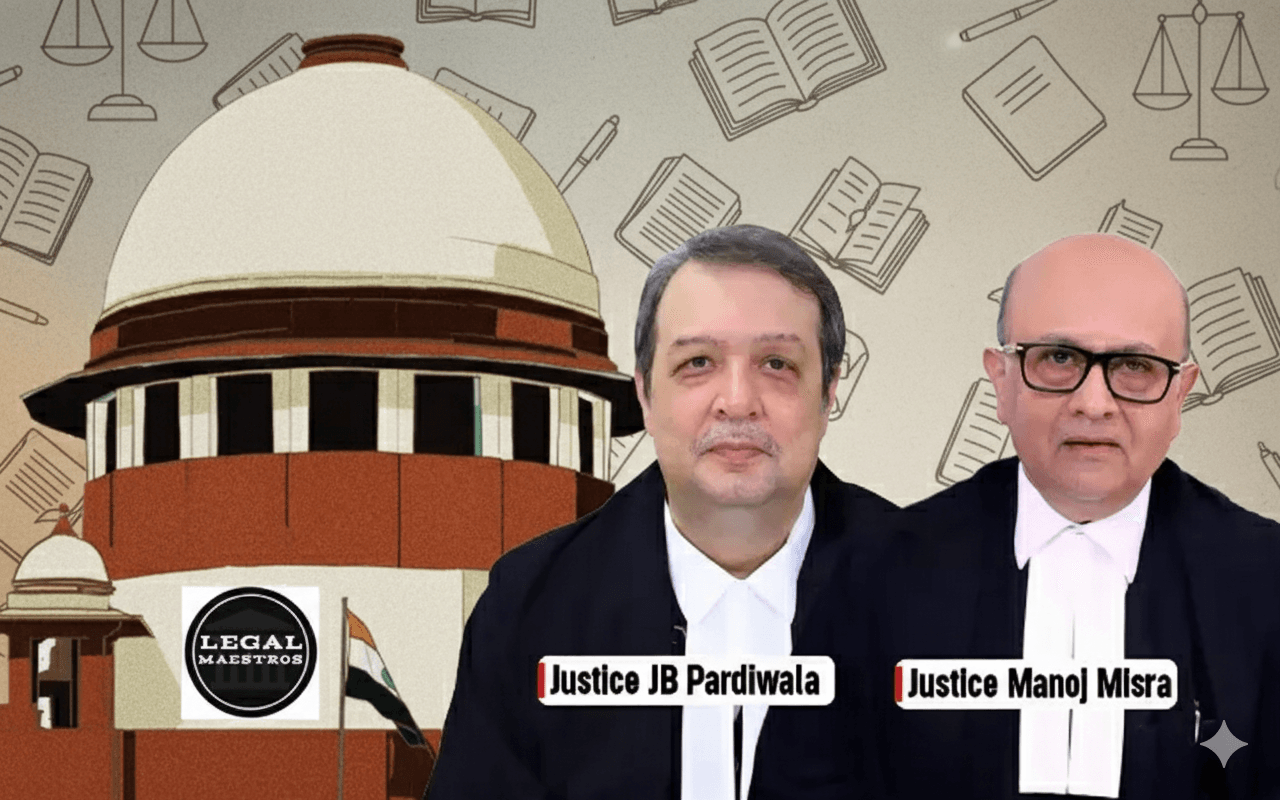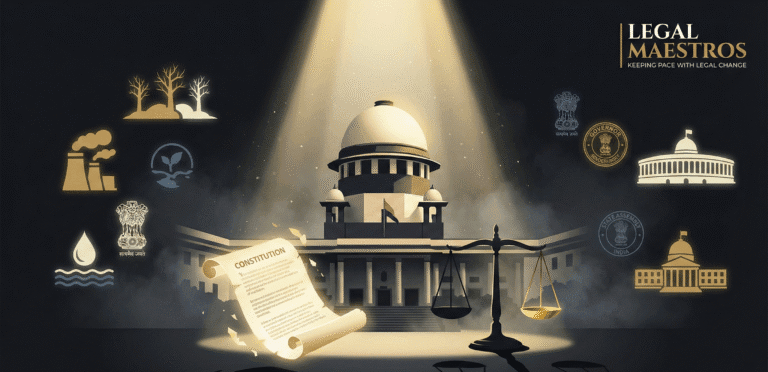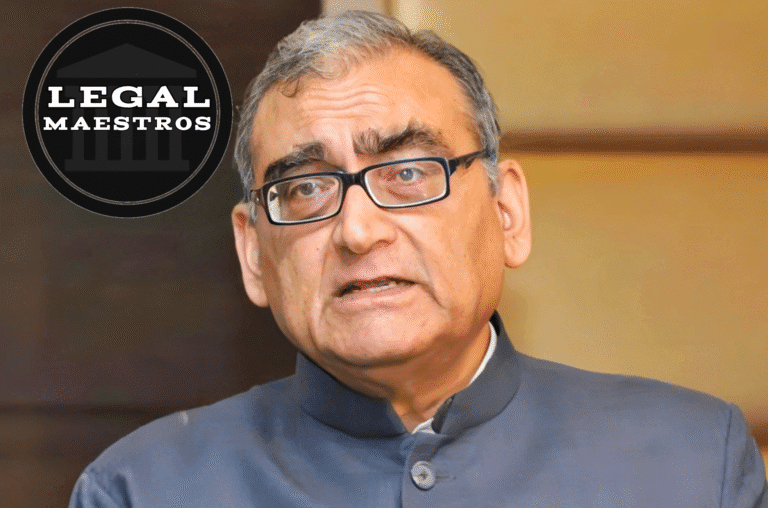
The Supreme Court of India has in an important decision on the law of procedure determined that a claim to possession of property on the basis of title can never be struck at the outset on the fact that a document such as a will, although very old, relates to the claim. Justices, J.B. Pardiwala and Manoj Misra, in the case of Karam Singh v. Amarjit Singh & Ors., made it clear that where possession is the main objective of a suit the one-twelve year period is relevant and the issue of whether possession was adverse is a factual matter that cannot be determined until a full-scale trial.
The Court vacated a Punjab and Haryana High Court order which had dismissed a plaint based on Order 7 Rule 11 of the Code of Civil Procedure (CPC) and permitted the suit to be resumed and tried.
A Property Tussle that Spans Decades.
This is a protracted and tortured history that began with the death of the first landowner, Ronak Singh in 1924. His widow, Kartar Kaur, had a partial claim to the property after his death. Present plaintiffs are the relatives of the sisters of Ronak Singh, who are the alleged heirs.
For any queries or to publish an article or post or advertisement on our platform, do call at +91 6377460764 or email us at contact@legalmaestros.com.
When Kartar Kaur died in 1983, the defendants (respondents in the Supreme Court) provided a registered will of 1976 supposedly signed by Kartar Kaur in order to assert ownership of the land. This will be the main area of disagreement. The plaintiffs put into dispute the validity of the will and the mutation (change of name in land records) was the subject of extensive legal wrangles in the revenue courts. This type of proceedings of mutation, incomplete in nature, ended up with the plaintiffs being defeated in 2017.
The plaintiffs claimed a number of reliefs in a civil suit in 2019:
A statement that they are the legitimate owners.
A statement that the will of 1976 is unlawful, invalid, and void.
Possession of the suit land.
Attractive damages and permanent injunction.
The Contradictory Ideas of the Lower Courts.
The defendants had applied the Order 7 Rule 11 of the CPC in requesting the suit to be dismissed at an early stage. They claimed that the time-barred this lawsuit because the plaintiffs had actual knowledge of the will since 1983 and three years time had passed to contest the will.
This application was denied by the Trial Court. It believed that a straight-forward interpretation of the suit could not be made to show that the suit was precluded by time. It held that limitation is a question of law and fact that is both mixed and should be determined at the trial and not at the beginning.
The High Court however differed. It permitted the revision petition to the defendants and denied the plaint. The main factor that drove the High Court to the conclusion that the suit was permanently blocked by limitation was that the suit was initiated 36 years following the discovery of the will.
Reasoning on supreme court: a Procedural law masterclass.
The reasoning by the High Court was determined to be faulty by the Supreme Court and a clear explanation was given on the legal principles involved.
The Rule to Reject a Plaint: The Court re-expressed the core of the Order 7 Rule 11(d) that in order to determine whether a suit is prohibited by law, a court may only examine statements made within the plaint. Arguments or documents of the defendant cannot be regarded at this stage.
The Crux of the Matter is the Main Relief: The Court highlighted that the High Court had made the wrong error of concentrating solely on the issue of the challenge of the 36-year-old will. The Supreme Court emphasized that the suit was not just against a declaration against the will but the express remedy was to get the possession of immovable property on title basis.
The Right Period of Limitation: In case of a possession about title suit, Article 65 of the Limitation Act gives a period of 12 years. This period of 12 years starts during which the possession of the defendant turns adverse to the plaintiff. The Court found that the facts of whether and when the defendants possess the premises adversely is an issue of fact which could only be decided on after both parties have tabled their evidence. It can not be determined by mere perusal of the plaint.
Mutation Entries Entries of mutation do not carry title: The Court once again expressed the established legal rule that mutation entries in revenue books do not carry legal title. They are mostly fiscal i.e. concerning the revenue collection of land. Hence, the lengthy process of mutation proceedings, which the plaintiffs were challenging until 2017, were pertinent to the timeline in the plaint.
In the event of One Relief is Valid, the Plaint Survives: The decision underscored one more important principle: in case a suit takes various reliefs, and at least one of them is in the statute of limitation, the whole cause cannot be struck down. The whole suit was maintainable since the relief of possession was controlled by a 12-year limitation period and the relief no longer ex-facie barred.
Following such an obvious and logical argument, the Supreme Court admitted the appeals and overturned the judgment of the High Court. The order of the trial court was reinstated and it was ordered to continue with the suit and adjudicate it on its merits. The Court took caution to note that it was doing so on the purpose of ruling on the application that the plaint be rejected and not to form an opinion on the merits of the case.






